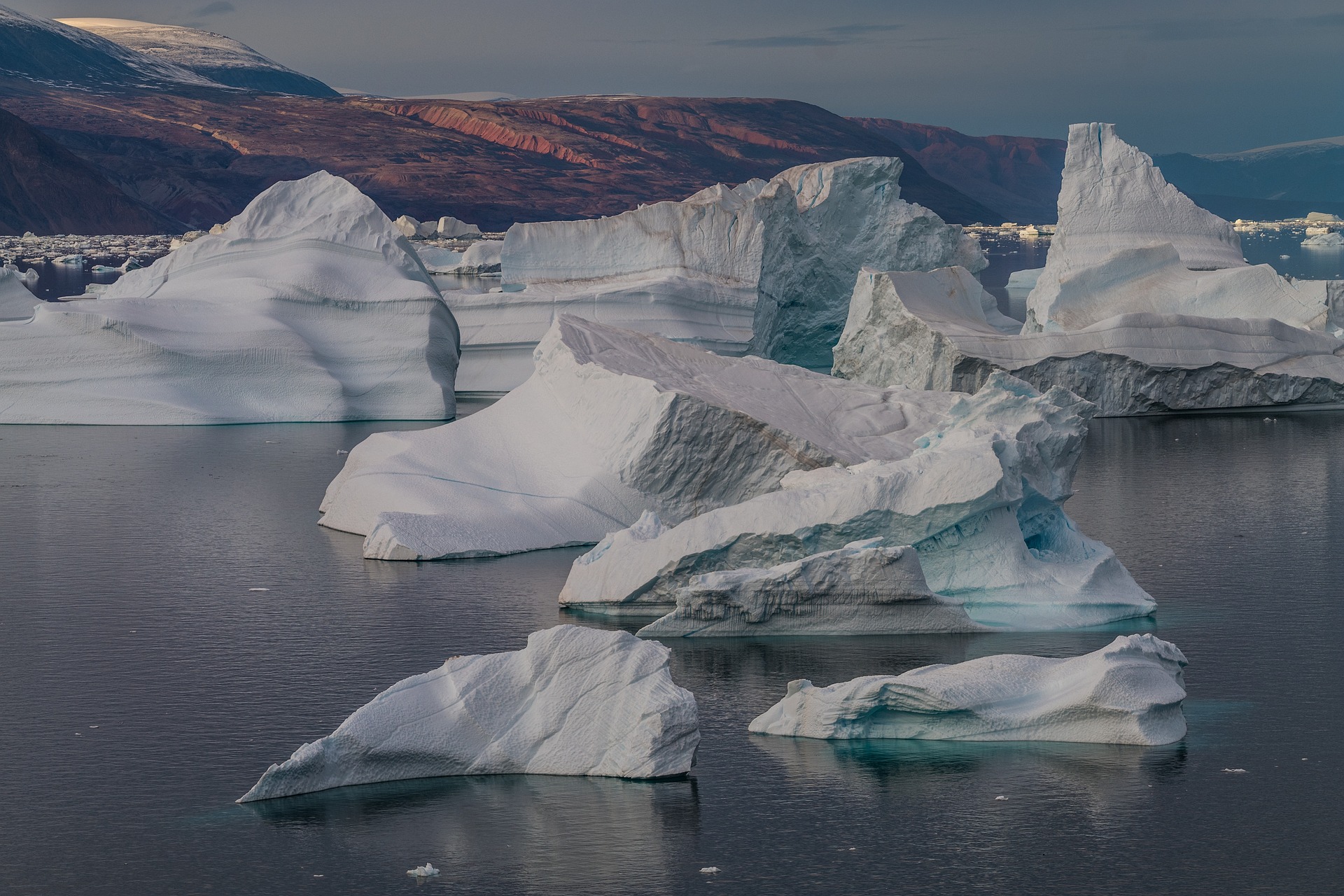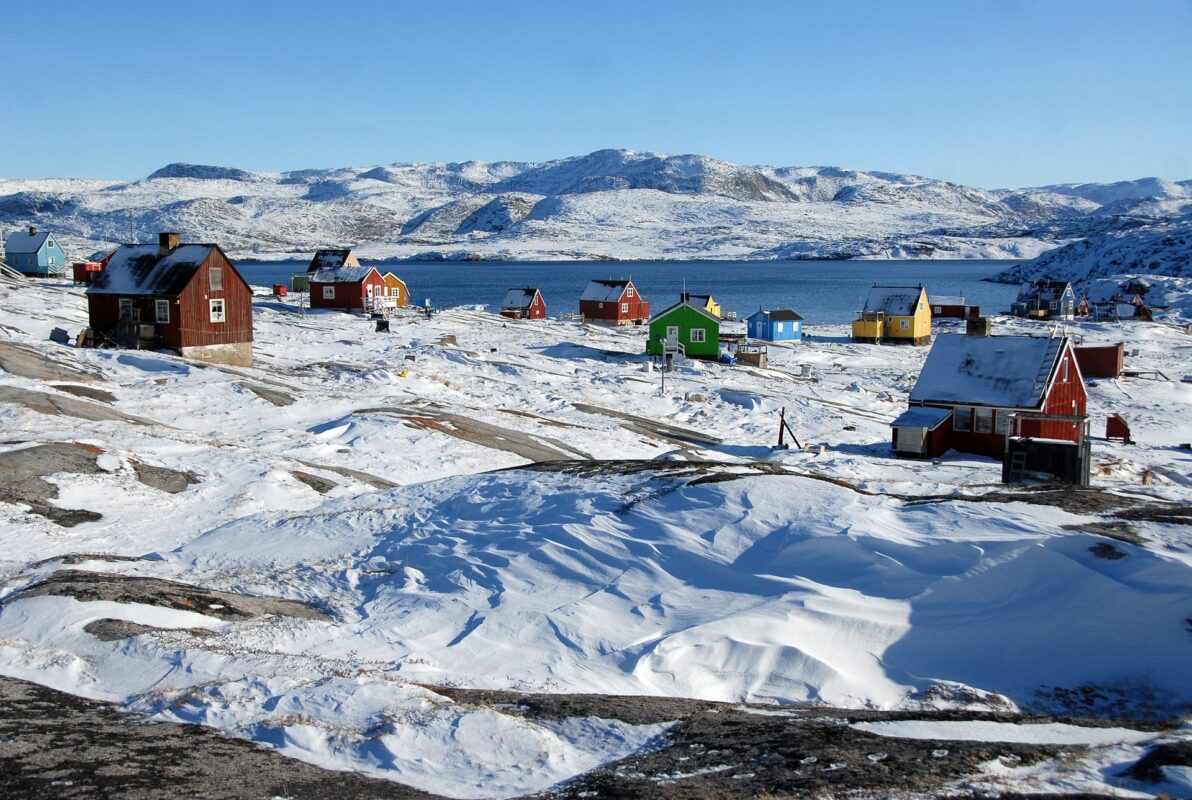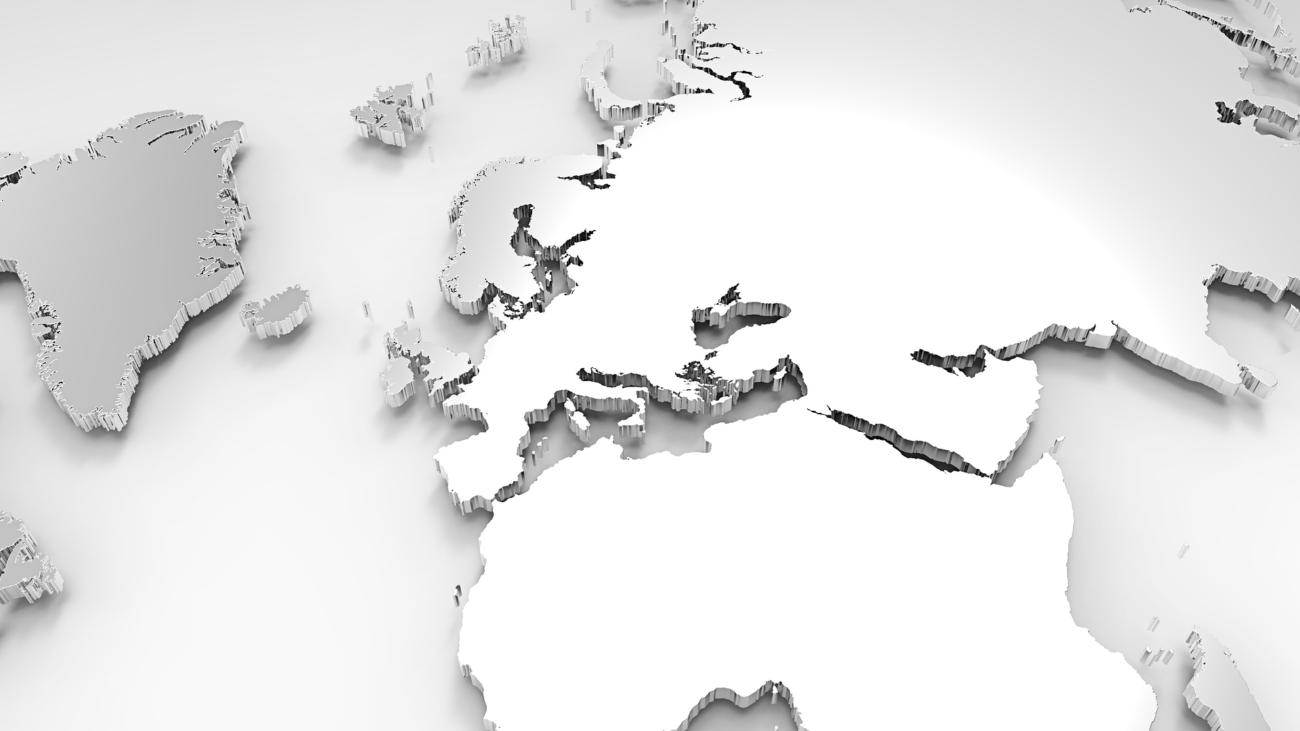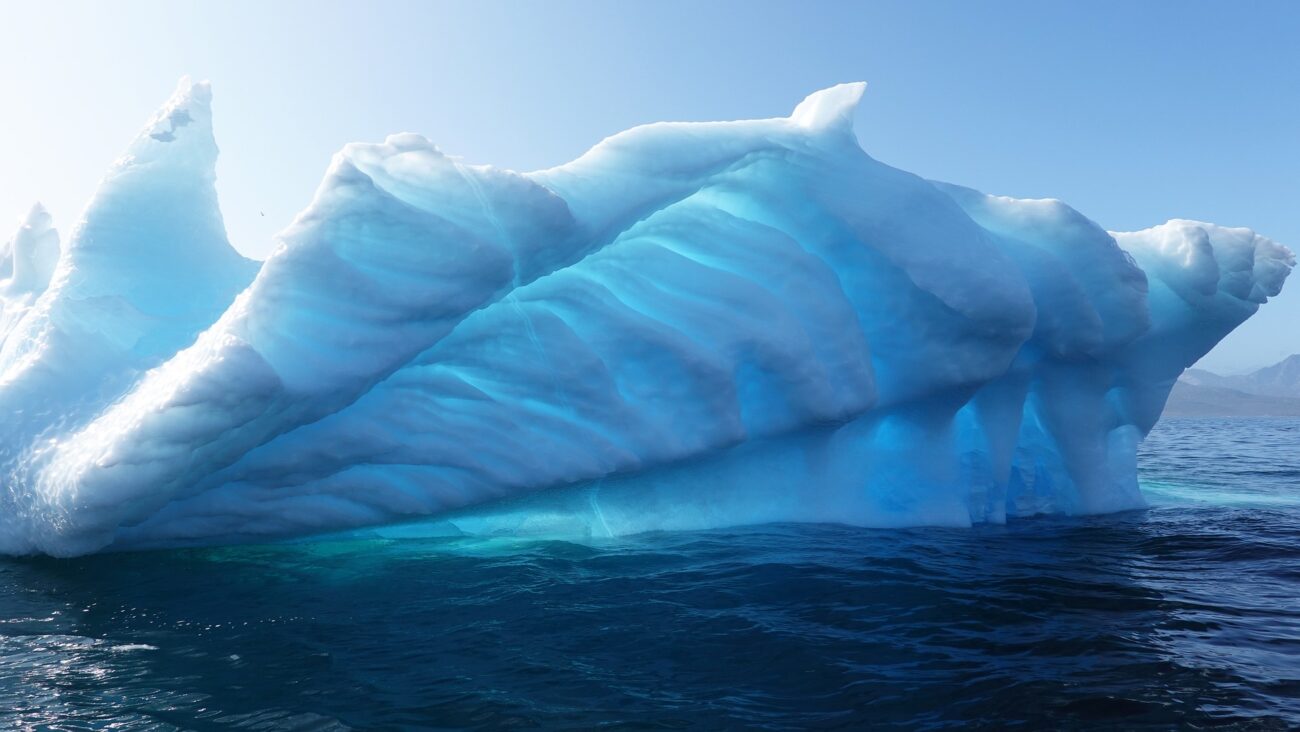
Blog
Trump’s Renewed Interest in Greenland: A Geopolitical Gambit

Have you heard the latest buzz? U.S. President-elect Donald Trump is once again talking about buying Greenland, that vast, icy landmass up north that belongs to Denmark. This isn’t just a random whim—it’s a serious conversation that’s got everyone from political analysts to everyday folks scratching their heads.
Let’s Take a Trip Down Memory Lane
This isn’t the first time the U.S. has had its eye on Greenland. Way back in 1946, the U.S. offered Denmark $100 million in gold to buy the island. The deal didn’t happen, but the idea stuck around. Fast forward to 2019, Trump brought it up again, calling it a “large real estate deal.”
Then, what’s going on, right now? In December 2024, President-elect Trump reiterated interest in purchasing Greenland, stating that U.S. ownership and control of the island are “absolutely necessary” for national security. In response, Denmark’s Foreign Minister Rasmussen firmly declared that Greenland will never become U.S. territory.

Why Greenland, You Ask?
Great question! Greenland is a treasure trove of natural resources like rare earth minerals, oil, and gas. The Arctic region, including areas around Greenland, is estimated to hold about 13% (90 billion barrels) of the world’s undiscovered conventional oil resources and 30% of its undiscovered conventional natural gas resources. Plus, Greenland’s spot in the Arctic makes it a key player in global shipping and military strategy. As the ice melts, the Arctic is becoming a hot spot for geopolitical competition. Russia and China are already making moves, so it’s no wonder the U.S. is interested.
Trump’s Pitch
So why is Trump bringing this up again? He says it’s all about national security and economic opportunities. Owning Greenland could help the U.S. keep an eye on Russian and Chinese activities in the Arctic. And let’s not forget the potential for American businesses to tap into Greenland’s resources and boost tourism.
He has indicated that he does not rule out the possibility of taking military or economic coercive measures. He threatened that if Denmark does not agree to the purchase, he would impose “very high tariffs.”

What Do Greenland and Denmark Think?
Not surprisingly, they’re not thrilled. Greenland’s Prime Minister Múte Bourup Egede was pretty clear: “Greenland is not for sale.” Denmark backed him up, emphasizing that Greenland’s future is up to its people. To them, the idea of selling part of their territory is not just absurd—it’s downright offensive.
The residents of Greenland have shown mixed reactions to President-elect Trump’s proposal to purchase the island. Some view the proposal as a joke or unrealistic and remain skeptical, while others are hopeful about potential economic benefits and development opportunities. Political leaders, while pursuing independence, have adopted a cautious stance toward external pressures. Additionally, some residents oppose the proposal due to the historical context of colonial rule. Overall, the opinions of Greenland’s residents are diverse, with no unified consensus.

And the Rest of the World?
The international community is watching closely. NATO allies are worried about what this could mean for regional stability and international law. It’s a complex issue with no easy answers.
French Foreign Minister Balo also stated that the EU will not tolerate territorial aggression by other countries. Furthermore, German Chancellor Scholz emphasized the inviolability of borders, with European nations expressing their opposition.
Back Home in the U.S.
Here at home, people are split. Some see Trump’s proposal as a bold move that could secure U.S. interests in the Arctic. They support the acquisition of Greenland as part of the United States, considering its strategic value and resources. However, other citizens believe that the sovereignty of Denmark and Greenland should be respected and oppose the purchase proposal. In their opinion, it’s a distraction from more pressing issues and a potential diplomatic disaster.
Secretary of State Antony Blinken stated that acquiring Greenland is “obviously not a good idea,” emphasizing that the United States will not acquire Greenland.

What Could Happen Next?
If this idea gains traction, it could change a lot of things. Economically, Greenland’s resources could bring in big bucks. But there are environmental concerns to consider. Politically, it would mean navigating tricky diplomatic waters and maybe even rewriting international agreements.
Moreover, President-elect Donald Trump stated that Canada, Greenland, and the Panama Canal should all be included as part of the United States. So, what Canada should do? Canada needs to strongly assert its territorial sovereignty and reject the U.S. proposal. Diplomatically, it is essential to respect international law and independence, and collaborate with relevant countries to protect the inviolability of Canada’s borders. Additionally, it is important to adopt a cautious yet firm stance to foster domestic discussions and gain international support.

Wrapping It Up
Greenland is located next to Canada, and we share the Arctic Sea, so the impact of these developments could be significant for us. Therefore, we need to prepare for these global shifts and consider how political leaders will address these issues. While Greenland’s economy relies on the export of seafood, there is increasing expectation for mineral resource development. At the same time, the shift toward decarbonization has been noted. Additionally, there is data showing that Greenland’s ice sheet is losing 10,000 tons of ice per second, highlighting the urgent need to address climate change.
Thus, Greenland, following a change in government, has strengthened its response to environmental issues and is steering toward sustainable development. This territorial issue is also driven by climate change, which makes it crucial for us to take action for the environment. We support carbon offset initiatives through carbon credits, and if you’d like to contribute to this effort, we can assist you. Let’s work together to make a difference.
